The so-called Indian golden triangle is the triangle formed by the cities like Delhi, Agra and Jaipur. These 3 cities are a huge success for the majority of foreign tourism in India. There are three cities in Maharashtra that are equal in beauty level and constitute the golden triangle of Maharashtra. These three cities are Mumbai, Nashik and Aurangabad.
Mumbai: the economic capital of the Maharashtrian golden triangle.
Mumbai is the best city for start discovering the golden triangle of Maharashtra. The economic capital of India has a rich and diverse past. From the 9th century to 1343, the region was under the control of the Silhara dynasty. It then came under the control of the sultans of Gujarat until 1534. Faced with the advance of Portuguese troops, Bahadur Shah, the Sultan of Gujarat ceded the 7 islands that form the region of Mumbai.
From 1661, the islands were ruled by the British until the independence of India in 1947. Since then, it has been the economic capital of India. It alone produces 5% of the country’s GDP, and its activity accounts for 25% of industrial production, 40% of maritime trade and 70% of capital transactions of the Indian economy. Mumbai ranks among the world’s top 10 financial platforms by the importance of capital flows.
It is also the capital of the largest film industry in the world, called Bollywood.
Mumbai is a particular city in India as it is mostly formed by migrants from all over India. This creates a unique and diverse culture.
The five reasons to visit Bombay (Mumbai)
1- It is a destination of arrival in India
Bombay Airport is India’s main international airport. So if you land in Bombay, why not visiting the city to explore the diversity within one city itself.
2- It is a good acclimatisation to India
Yes! it is a big or metro city, a little noisy but which has very calm and very Europeanized districts. Of course! there are restaurants of Indian cuisine but also has diverse cuisine which allows you to taste the food around the world.
3- It is a modern and ancient city
Bombay is an ultra modern city which in some parts keeping temples or old buildings. You can be amazed in some streets where you find yourself in the 15th century as well.
4-A rich and intense cultural life
Besides the Bollywood studios that you can visit, there are also art galleries where you can discover the Indian artists who are growing up. Flashmobs are also often organized in front of the gateway of India.
5- Breaking misconceptions
Bombay has the largest slum in Asia. Visits are possible and you can see that we are far from the idea of a poor neighborhood. It is one of the economic lungs of the city which produces $1billion every year.
Must see places in Mumbai:
The gateway of India and Colaba:
This gate was erected in honour of the visit of King George V and Queen Mary to Bombay in December 1911. It was completed and inaugurated only in 1924 due to lack of financial resources. It is now the embarkation point for the Elephanta Caves. Located at the end of Colaba, it is an ideal starting point to visit the district. This district is the meeting point of youth. It keeps its colonial aspect and includes the most beautiful hotels in the city such as Taj hotel. These quiet and shaded streets invite you to stroll, relax and do some shopping.
The Chatrapati Shivaji Maharaj Vastu Sangrahalaya Museum (former Prince of Wales Museum):
Created in the early 20th century, this museum is the most beautiful in the city. Divided into several sections, it offers a wonderful introduction to the history and culture of India. The building itself is also an architectural success. Note: if you want to take pictures you have to pay a fee with your entry. Many guards will ask for the proof to let you take pictures.
Jahangir art gallery:
This art gallery next to the Chatrapati Shivaji Museum Maharaj Vastu Sangrahalaya is the perfect place to discover contemporary Indian artists. Composed of several rooms, painting, sculpture and photography have their place. In general, artists are also there so you can chat with them. Admission is free and if you like their work, you can buy their artwork.
Chatrapati Shivaji Maharaj terminus:
Since 2004, it has been listed as a UNESCO World Heritage Site. This is an outstanding example of the meeting of two cultures, with British architects using Indian artisans to integrate the Indian architectural tradition to create a new style unique to Bombay. Its construction dates from 1878.
The Babulnath temple:
It is one of the oldest temples in Mumbai. The first temple was built in the 12th century. Forgotten and destroyed, it was not rebuilt until 18th century but the statue remained there for a longer time. You will need to climb several steps to access the temple (an elevator is available). The statues in the temple are the original statues. The series Sense 8 (on Netflix) shot their scenes at this place in their first season. This is where Kala Dandekar (Tina Desai) comes to pray before her wedding.
The Haji Ali Dargah:
It was in 1431 that this dargah was built. It is to honour the memory of the Muslim walker Sayyed Peer Haji Ali Shah Bukhari that was erected this monument. He abandoned all his fortune when he went on a pilgrimage to Mecca.
The mosque is 500 meters from the coast in Worli Bay. There is a path to reach. Its structure is of Islamic Indo style. The mixture of religious songs and the sound of waves that clash with the walls gives the place a magical atmosphere.
The Elephanta caves:
To get to the Elephanta Caves, take the boat from the Gateway of India. The ferry takes about 40 minutes. When you arrive you can take a small train to get to the center of the souvenir market. The caves are at the top of the market. It is a set of 4 caves. The first is the most interesting. If you plan to go to Ellora and Ajanta, avoid visiting these caves.
Nashik, the small Varanasi of Maharashtra
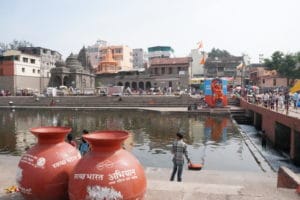
Nashik is one of the oldest cities in India. It has legendary origins. Indeed, in the Ramayana, Ram, king of Ayodhya, took up residence in Nashik during his 14 years of exile. It was here that Laxman, on the orders of Ram, cut off the nose of “Shurpnakha” (Sister of devil Ravan) and named this city “Nashik”. This city has been known in the western world since antiquity as a market town. It is quoted in a Ptolemaic book in the 2nd century BC. In this city, every 12 years they celebrate the great Kumbh Mela, Hindu festival that attracts millions of pilgrims. Its wine business gives it the nickname, the capital of Indian wine.
As of today, Nashik attracts many businesses and industries. Sula vineyard, the most famous wine in India is in Nashik. Bank notes are printed in this city. This city is the most traditional city you can find in the golden triangle of Maharashtra.
Five reasons to visit Nashik
1-It is a sacred and religious city
Many ancient temples are present in the city and many ceremonies are performed every day. It is an ideal place to learn about Hinduism.
2- It is the wine capital of India
What a better way to discover new flavors. Nashik offers you different wines, new flavors of city. Take advantage of it.
3- The market in the old town
In the morning, the old town is very quiet. But from noon until 8 p.m., a large market is set up there. You will find everything. Antique statues, shoes, fruits, clothes etc. Whatever you are looking for you will find it here. So you’re crave of street shopping can be fulfilled.
4- Greenery around the city
All around Nashik, there are mountains with temples and mythological stories. While visiting Nashik, you can escape into the jungle and do nature trails
5- The sweetness of life/people
In Nashik, you can take a break, relax, unwind. The locals are generous, cheerful, helpful. The old town also invites you to relax and take a step back from hustle bustle of the city.
Must see places in Nashik:
The approach to the Godavari River:
Nashik is considered the city of Ram, as Varanasi is Shiva’s cemetery. In the historic center, on the banks of the river, you can observe the ritual baths as well as the scenes of everyday life. At the end of these ghats is the Ramkund.
The Ramkund:
Ram and Sita would have bathed in this tank, 27 meters long and 12m wide. Since thousands of pilgrims come every day to take bath. The ash is also poured in to ensure better reincarnation. The ashes of Nehru and his daughter Indira Gandhi were dumped in this kund. This is also where the pilgrims meet during the Kumbh Mela (the next one in Nashik will be in 2027).
Shri Kalaram Mandir:
Located near the Ramkund, this temple dedicated to Ram dates from 1788. It has a black stone statue representing Ram. This one was found in Godavari river. The founder of the temple, Odhekar, reportedly fished and decided to make a temple in honour of this statue. Its proximity to the Ramkund, makes it a most important religious place in the city.
The Muktidahm Mandir:
This temple is fairly new. It dates from 1971. The white marble of Rajasthan is the main material of this temple. It is therefore the color of purity. It is the seat of different Hindu deities. Mahabharath scenes are carved on the walls.
Pandavleni caves:
It is a set of 24 caves, all Buddhist. Like the Ajanta caves, they were dig between the 2nd century BC and the 5th AD. The most beautiful cave is cave number 10 because it is intact and completed. We advise you to visit the caves in the morning when the sun illuminates the entrances and the interior.
Aurangabad, the pearl of Maharashtra
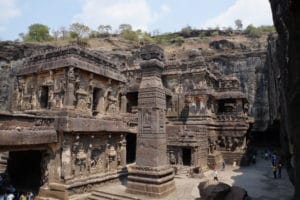
Kailash temple is the wonder in the golden triangle of Maharashtra
Aurangabad has been designated as the tourist capital of Maharashtra. And for good reason, it was the capital of India in the 17th century. It is best known for the two World Heritage sites of UNESCO, Ellora and Ajanta.
It’s the best place to finish visiting the golden triangle of Maharashtra.
Since the beginning of our era, the region has always been a place of passage between north and south. Trade, culture and religion have shaped the landscape. The most beautiful example is the Ellora Caves where you can admire how three religions interpenetrate to create a unique cave site in the world.
The city of Aurangabad was created by former slave prime minister Malik Ambar. Rightly called Khadki, which means window. During the reign of Aurangzeb, it became the capital of the most powerful Asian empire of the 17th century.
Five reasons to visit Aurangabad
1- Ajanta caves
World famous caves, the Ajanta site is one of the jewels of humanity. Buddhist paintings depicting scenes from the life of the Buddha are listed as World Heritage by UNESCO.
2- Ellora caves.
Less known but as impressive as Ajanta, the Ellora caves are also listed as World Heritage site by UNESCO. They reflect the religious tolerance that has characterized Maharashtra for centuries. The Kailash temple (cave No. 16) is the largest monolithic monument in the world.
3- A tremendous history
As we have seen Aurangabad was the capital of India in the end of 17th century. But long time ago, the Deccan region was also the capital of India. In 1333, the Sultan of Delhi transferred his capital from Delhi to Daultabad.
4- Exceptional art
There are two types of unique art in Aurangabad, Himroo and Paithani. The first is a fabric created in the 14th century when Daultabad was the capital of India. It is a material of silk mixed with cotton. Paithani saree is a much older art. It dates from the 2nd century BC. They are the most expensive sarees in India because some of them uses gold threads which are embedded in the sari.
5- A city far from touristic circle
You will not be rushed by the arrival of a tourist bus. In Aurangabad, tourism is on a smaller scale. Many of the monuments are less known, less visited or not described at all in travel guide books. Even on UNESCO listed sites, you may be alone in a cave.
Must see places in Aurangabad:
The Ajanta Caves:
These caves are all Buddhist. Lost in nature/hills, you have to take a bus to get there from the car park, these caves have almost all the same structure. Here one comes to admire the paintings that describe the life of Buddha or events related to the formation of Buddhism.
The Ellora caves:
This site is exceptional for several reasons. The first is the only cave site in India that brings together three Indian religions, Buddhism, Hinduism and Jainism. Next, cave number 16 contains the world’s largest monolithic monument, Kailash Temple.
Khultabad:
This rather peaceful village was the capital of Sufism in the 14th century. Of course, there are important monuments such as the tomb of Malik Ambar, the tomb of Aurangzeb, the garden Bani Begum. To learn more you can read the article here.
Fort Daultabad:
This majestic mountain has always attracted many emperors. The first were the Yadavas in the 12th century. The structure of the fort we know today comes from Muhammad bin Tuglhuq. He fell in love with this fortress and its means of defence. He decided to transfer his capital from Delhi to Daultabad. If you want to know more about the history of this fort, you can read this article here and for places to visit is here.
Aurangabad:
This small village became the town of Malik Ambar in 1610 when he took control of the Nizam empire of Ahmednagar. When the Mughals arrived in the area, Shah Jahan´s son Aurangzeb, was the vice king of the Deccan. The latter decided to turn Khadki into his capital. He renamed it and enlarged it. In 1668, it became the capital of the Mughal empire. From this rich past, there are still many monuments to visit. Discover it here.
We are organising 15 days tour in the golden triangle of Maharashtra. Contact us for booking/information
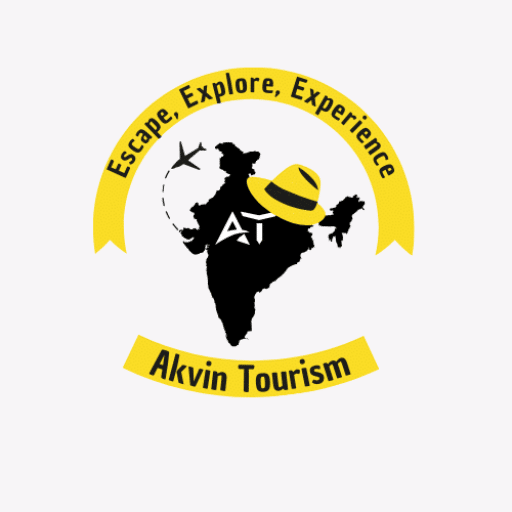
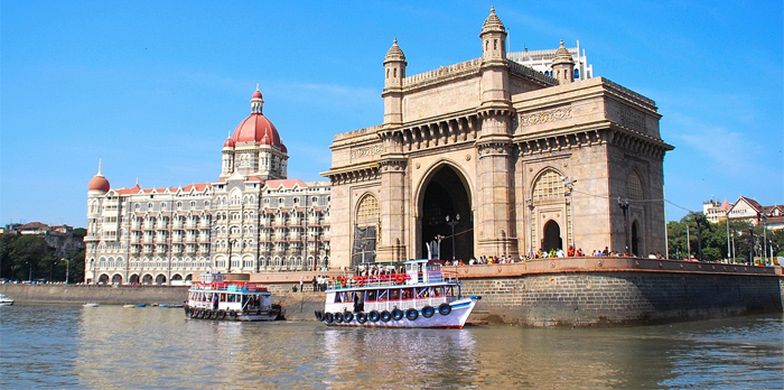
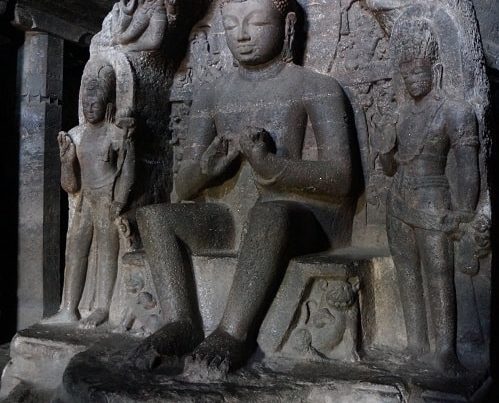
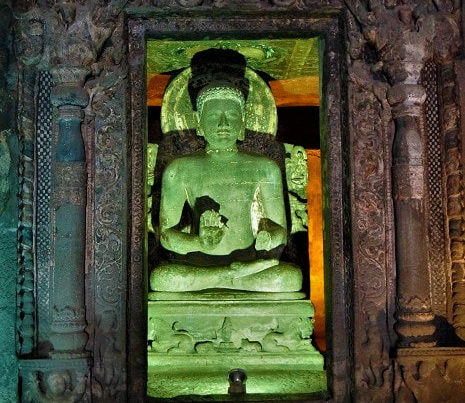
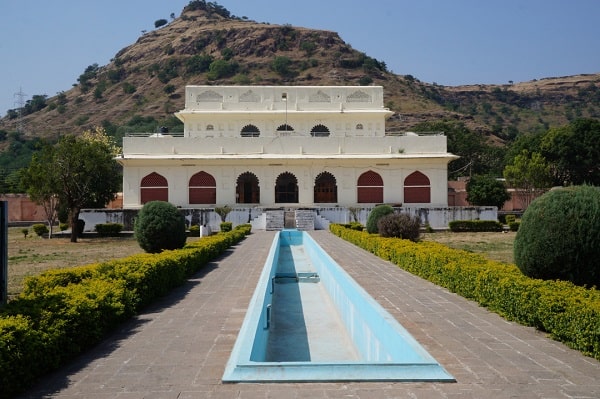
Join the discussion One Comment